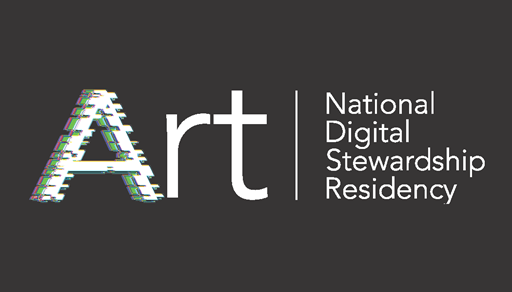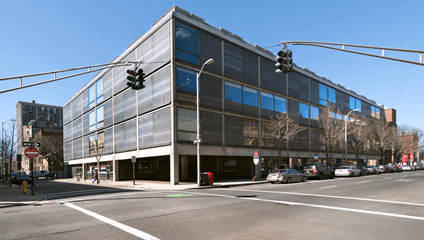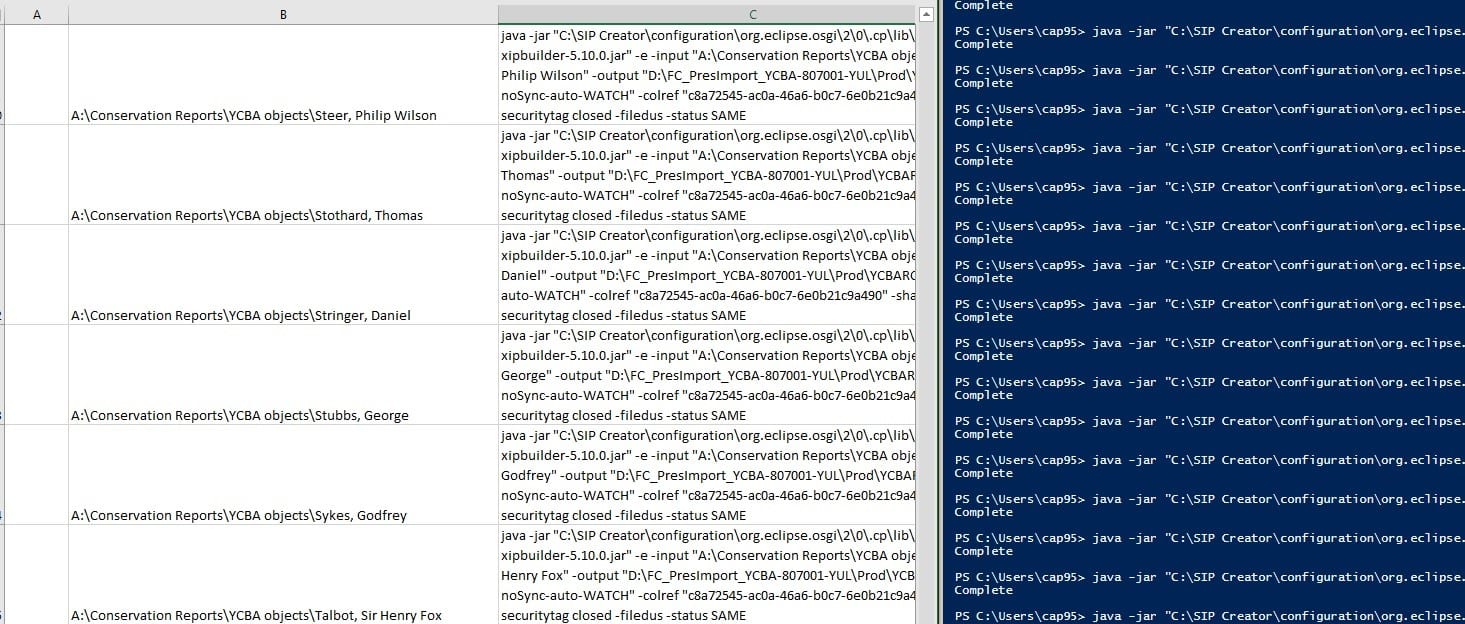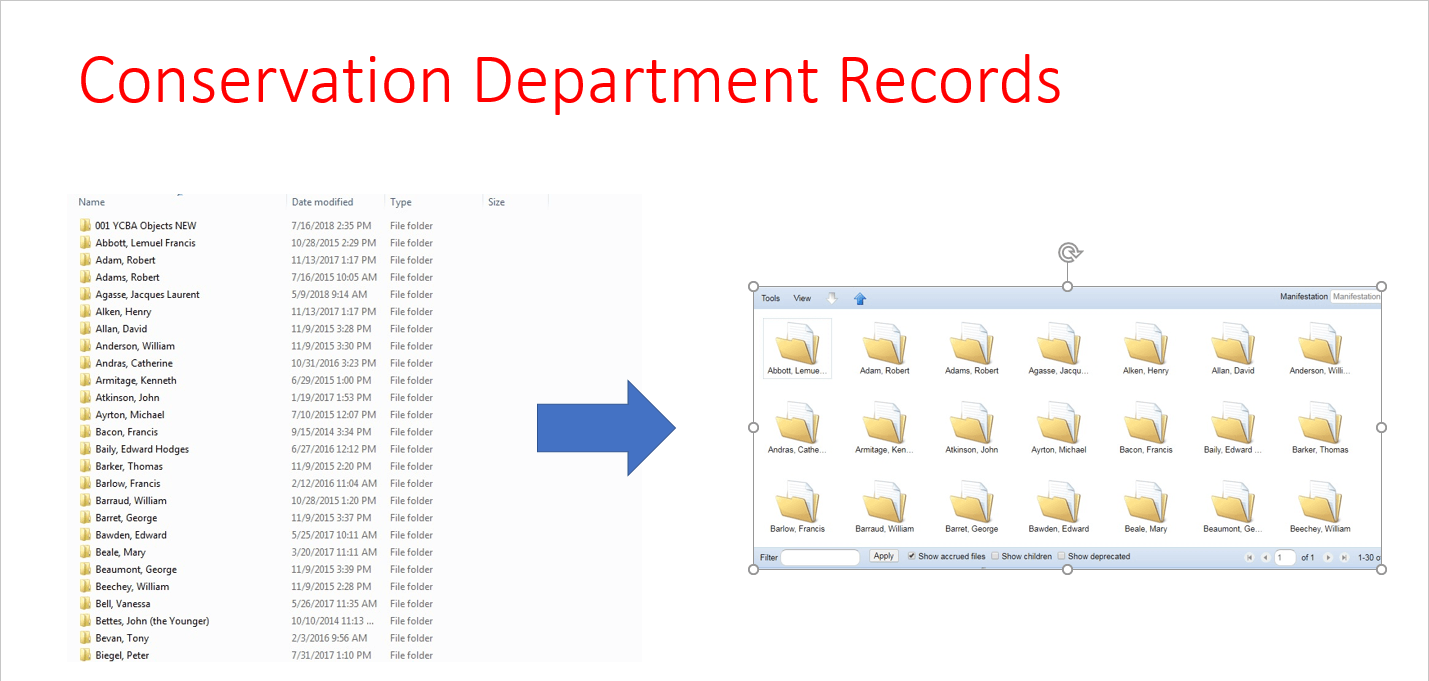By Cate Peebles, Museum Archivist, Yale Center for British Art
When you walk into an art museum gallery, the first thing you see is likely an assortment of visual works in any number of tangible forms: paintings, prints, sculpture, installations of mixed media, or film. If you look closer, often there is a piece of wall text containing contextual and historical information and descriptions of the materials used to make the work: oil on canvas; glass, latex, and paper; silk, horsehair, and gold. This information is also often accompanied by a brief note of provenance, such as “From the Paul Mellon Collection.” Wall text is created by curators to enrich the viewer’s understanding of how, when, where, and why an object was made, hopefully instigating further exploration of the artwork. What you will not see, though, are the countless number of documents and records that comprise each artwork’s history.
For centuries, the paper trails of artworks have been preserved and stewarded by collectors, galleries, libraries, and museums. Today, daily transactions and interactions transpire digitally, on computers and smartphones, in formats that are far less stable than paper. The histories of museum objects are no exception.
Over the last year, I have worked with curators, conservators and registrars at the Yale Center for British Art, as part of the inaugural NDSR Art cohort, to develop a system that will help preserve born-digital art documentation created and stewarded by staff to ensure the preservation of our collections’ history.
The National Digital Stewardship Residency (NDSR) for Art info program is an iteration of the NDSR program that began in 2013, with a pilot project developed by the Library of Congress in conjunction with the Institute of Museum and Library Services (IMLS). Each grant-funded NDSR iteration places recent master’s degree recipients, mostly MLIS but not exclusively, with host institutions, providing residents with mentors and professional development opportunities, as well as a project that has been developed by the host institution and mentor– NDSR Art’s first cohort was hosted by: University of Pennsylvania, Philadelphia Museum of Art, Minneapolis Institute of Art and the YCBA. NDSR Art is managed by the Philadelphia Museum of Art in partnership with the Art Libraries Society of North America.
One of three museums on the Yale campus, the Yale Center for British Art houses the largest collection of British art outside the United Kingdom. It was founded in 1966 with an endowment from philanthropist and art collector, Paul Mellon, the museum building was designed by renowned 20th Century architect Louis Kahn and opened to the public in 1977. Its collections contain thousands of artworks, including paintings, sculpture, prints, drawings, rare books, manuscripts, photographs, and a research library and institutional archives.
The YCBA’s Institutional Archives is a relatively new department at the museum. It was established in 2009 and has been more fully developed by Senior Archivist Rachel Chatalbash in the last six years with a mission to identify, collect, organize, and preserve the records produced by the Yale Center for British Art, as well as materials related to its history; to make this historical documentation accessible for administrative support and research; and to support a deeper understanding of the Yale Center for British Art’s historical legacy.
Digital Preservation & Museum Records Stewarded Outside the Archives
My project was envisioned to complement and extend the Institutional Archives’ existing born-digital preservation and records management program by addressing born-digital, historically significant, art collection records permanently held outside the archives. So, while the YCBA’s Institutional Archives collects significant records relating to the museum’s collections and activities, this project has sought to develop a way to preserve other essential, historically significant records that are maintained and used by museum departments that relate to the Center’s permanent collection objects.
Object-related records comprise the provenance of the YCBA’s collection objects, and are managed by staff in analog and digital form, which also includes the collection management database, The Museum System, or ‘TMS’, a proprietary software that is used by many museums in the United States to catalog collection objects.
Record-types included in this project:
- Object files – correspondence, acquisition information, ownership documentation, historical information about the object.
- Collection research
- Loan records
- Conservation documentation
In digital form, these records include various formats, but especially:
- Word documents
- TIFF
- Excel spreadsheets
- TMS database tables
Through the stages of this project, I sought to develop a system that both preserves these born-digital records and allows for continued management and access by staff, as they’re accustomed to having with analog files; interdepartmental collaboration and cooperation was an essential component of developing new workflows and organizational structures and ultimately preserving born-digital permanent collection documentation in Preservica.
Working with Museum Departments
After completing a series of introductory meetings with museum staff in the fall of 2017, I established relationships with the museum’s collection departments, including:
- Conservation
- Curatorial: Prints and Drawings, Paintings and Sculpture, Rare Books and Manuscripts
- Registration
I created a variation of archival appraisal reports for each department, following guidance from Appraisal and Acquisition Strategies, published by the Society of American Archivists, and edited by Michael J. Shallcross and Christopher J. Prom. These reports documented departments’ existing practices regarding their object-related digital records and provided me with an understanding of where to begin creating new workflows.
Ultimately, it became clear that shared access between departments and the Institutional Archives and file organization would be essential to complete the task of supporting digital preservation efforts.
For example, with shared access, conservation treatment reports can be directly ingested from the department’s shared network drive into Preservica, where file organization is mirrored. Depending on the number of files to ingest, either the Preservica’s SIP creator GUI or command line interface is used for the process.
Curatorial departments are creating digital folders for object files for the first time. These digital ‘object files’ mirror the structure and contents of their analog counterparts.
As of this post’s publication, roughly 4 TB of legacy documentation from the Conservation and Registration departments has been ingested. New additions from each department will be ingested annually.
TMS – The Museum System & Emulation as Preservation Strategy
My project also addresses the records in the collection management system, The Museum System (TMS). TMS is actively used and updated, and is a living record of the museum’s collections. TMS contains thousands of inter-related tables, which comprise the system’s modules, that contain object metadata, as well as linked documents that are attached to the system as media files. Its contents are an essential aspect of the YCBA’s object histories, as written catalogs and ledgers once were; preserving snapshots of the database also preserves a history of cataloging practices.
A prominent aspect of the project was to investigate preservation strategies that would capture and preserve everything contained in TMS, which led me into discussions with the Center’s neighbors in Digital Preservation Services where a project is in development to preserve software with emulation. The project, Emulation as a Service, called EaaS for short, is managed by Seth Anderson and seeks to provide networked, remote access to useable software environments.
The challenges of digital preservation don’t belong to any one department or discipline, therefore it’s essential to work interdepartmentally. We are in a transitional phase that requires communication and collaboration, and this work applies to museums of all kinds and all manner of collections, not just art. Museum archivists and digital preservation librarians have an important role to play in bringing attention to valuable digital records that document museum collections’ object histories.
This project is but one example of how museum archivists can start the conversation with colleagues, share expertise, and implement new organization and workflows that will help preserve born-digital collection records. It’s essential for museums to get the conversation started and to identify which records are at risk. Archivists are especially poised to advocate for and promote practices employed for our own collections for significant born-digital records managed by other departments. It takes advocacy to make these resources visible, and to keep them visible.





